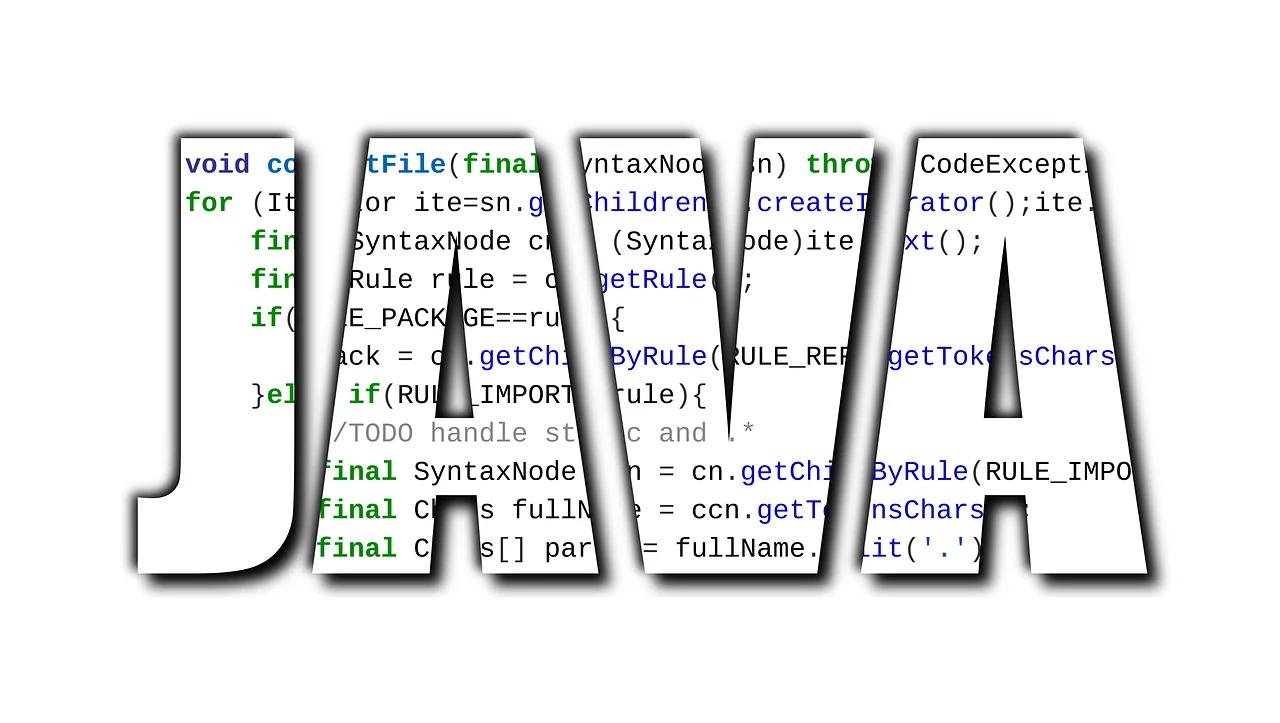The increasing numbers of enterprises are looking forward to using Java as a leading technology for corporate applications as it continues to gain traction in the industry. Java is capable of rendering a wide range of applications, from the simplest to the most complicated. If you're looking for a seasoned Java application development partner for your company, Java services is a name you can put your faith in. The Java programmers have a broad range of technical experience and subject knowledge, which enables us to construct cross-platform apps using the most up-to-date Java technology.
A broad range of government departments and organizations are now use digital signatures for their papers, which is becoming more popular. When used in conjunction with a digital signature, it offers a secured and secure manner of signing any papers that can be transmitted or preserved online for future reference.
The Java development services firm has been supporting customers from a variety of industries in creating top-notch Java solutions based on the most up-to-date Java development services company and technologies for many years. They have amassed a wealth of knowledge and experience in effectively executing complex and mission-critical enterprise-grade projects on Java while adhering to the industry's most stringent standards. In order to design solutions that provide value to businesses, it is necessary to take use of Java's capabilities.
Let's look at how Java DSC may assist in distinguishing microservices and application programming interfaces
Application Programming Interfaces (APIs) vs Microservices (APIs). Both play unique roles in the software development process. However, because of the overlap between the two, it may be difficult to discern how they are really distinct from one another. As a result, today's essay will walk you through the concepts of APIs and microservices individually, explaining what they are, how they function, and how they vary from one another.
Microservices - What is it?
Microservices, also identified as Monolithic Application, is an architectonic strategy for structuring an integrated set of small pieces, also established as services, that are approximately coupled, freely deployable, exceptionally viable and testable, claimed by a little advancement group, and coordinated around business abilities.
Furthermore, the use of microservices enables for the delivery of expanded and complicated applications on a regular, dependable, and timely basis. The capacity to construct, operate, and maintain applications quickly and simply is the primary reason for the widespread adoption of microservice architectural patterns. It enables developers to design applications step - by - step and then work on each service individually without interfering with the functioning of other companies in the process.
Why Should one make Use of Microservices?
To comprehend the usage of the microservices, it is required to first comprehend the precursor of microservices which is the column framework.
When you design a software programme, a large project is a conventional form in which each of the features are contained inside a single huge block of code. It implies that each of the mechanisms of the programme, such as the user experience layer, computer access control layer, as well as the system architecture layer are the three layers of the data structure, and are stored in a single location. Because of the massive and intricate design of the codebase, it becomes more impossible to place innovative apps or functionality to the code. Everything in a monolithic building is so intricately intertwined that it is very impossible to decipher the web of connections.
The following are the primary distinctions among microservices and APIs:
- In computing, an API is a contract that specifies how a consumer should interact with the underlying service.
- An organizational idea that breaks elements of a (typically monolithic) programme into distinct, self-contained services is known as service-oriented architecture (SA).
- By description, API is a component of a microservice which allows users to communicate using a microservice via a standardized interface. Another thing to look at about the API acts as a commitment for engagements inside the microservice, by offering the many possibilities for engaging The API is the communication between the microservice and the client.
- Every microservice is developed somewhat differently depending on the requirements of the microservice. A microservice may perform a variety of distinct tasks, as shown by the following examples:
- The provision of CRUD operations for a certain data element, including a consumer, an event, or any other form of item. This service would have the capability of storing data in a database for future use.
- The capability to take arguments and produce results depending on (possibly intensive) calculations is provided by this feature. The invoicing microservice described above may accept information about the product or a client and return the account details necessary, without the need to keep any information in the process.
- A microservice can easily serve a purpose other than just offering API entry to the system. A complete programme may be composed of a group of microservices, everything that communicates with the others over its own set of REST APIs. Furthermore, each one of these microservices may abstraction its very own functionality, so defining logical borders for ownership in the app and isolating problems, resulting in a codebase that is easier to maintain.
Conclusion
A DSc may be created with the aid of the Java programming language as these programme have been widely used on a variety of devices all over the globe for many years, and the demand for them is increasing all the time now. One of the reasons for Java's widespread success is its ability to operate on almost any device. This provides an opportunity for people who want to pursue a career as a competent Java developer.
We hope you found this article useful. Here at Cloud Employee, we assist both developers looking for work and companies looking to hire dedicated offshore developers across many technologies. Talk to us, learn more about how Cloud Employee works, or see our Developer Pricing Guide.
Hire A Developer Now!
Featured Article

How to Become a High-Performing Developer

CSS grid vs. Flexbox: which to use when?

Download Our Developer Pricing Guide
We did an analysis on the difference between western and Philippines developer salaries. Uk, USA and Australia pricing comparisons available.
Download